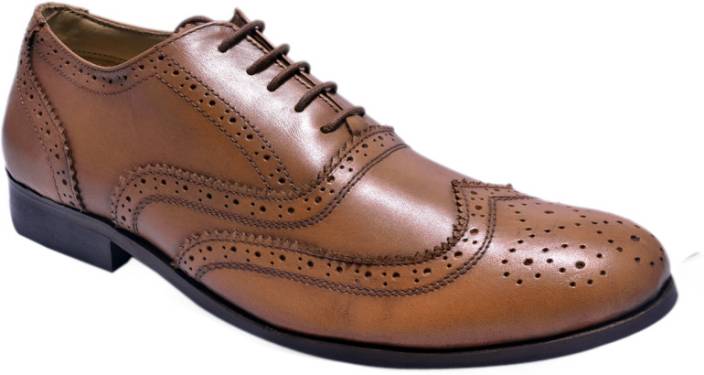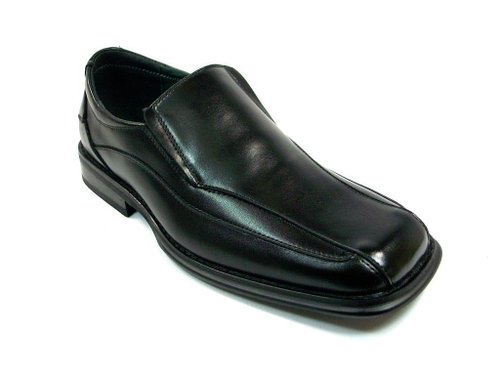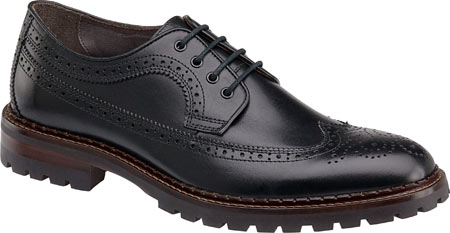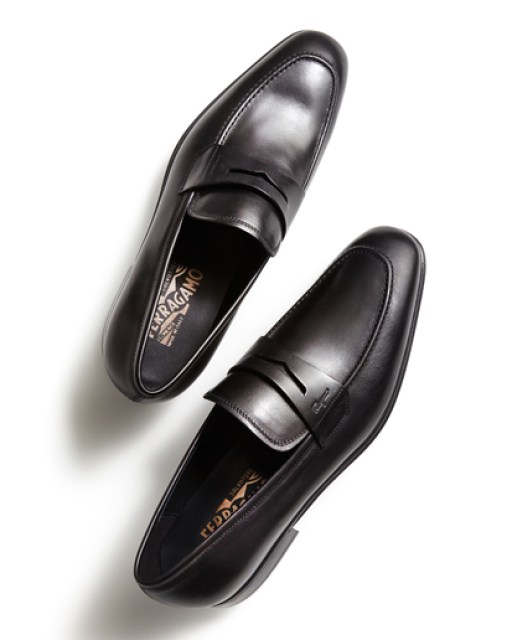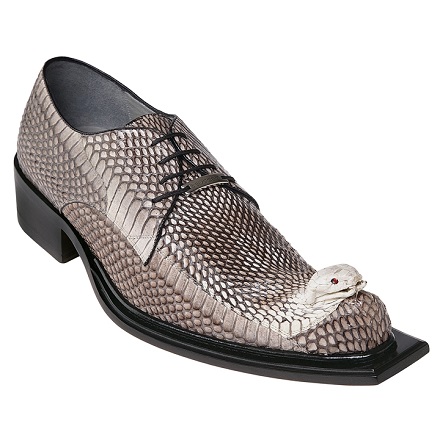
Need to do a load of laundry and have no detergent? Is your mirror all full of toothpaste splatters you need to get off but have no glass cleaner? Just need a general cleaner for the countertops but you’re all out? DIY house cleaners are not only a nifty and cost effective alternative, but an immensely healthier option for you and any pets you may have at home. These DIY cleaners are free of volatile organic compounds (VOCs) that are usually found in traditional cleaning products.
VOCs can cause shortness of breath, coughing, and wheezing in healthy adults and children, and these symptoms are worst for people with chronic respiratory conditions like asthma. To reduce these nasty VOCs in your home, try out these DIY cleaners from cleaning expert Leslie Reichert’s “The Joy of Green Cleaning.”
Concentrated All-Purpose Cleaner
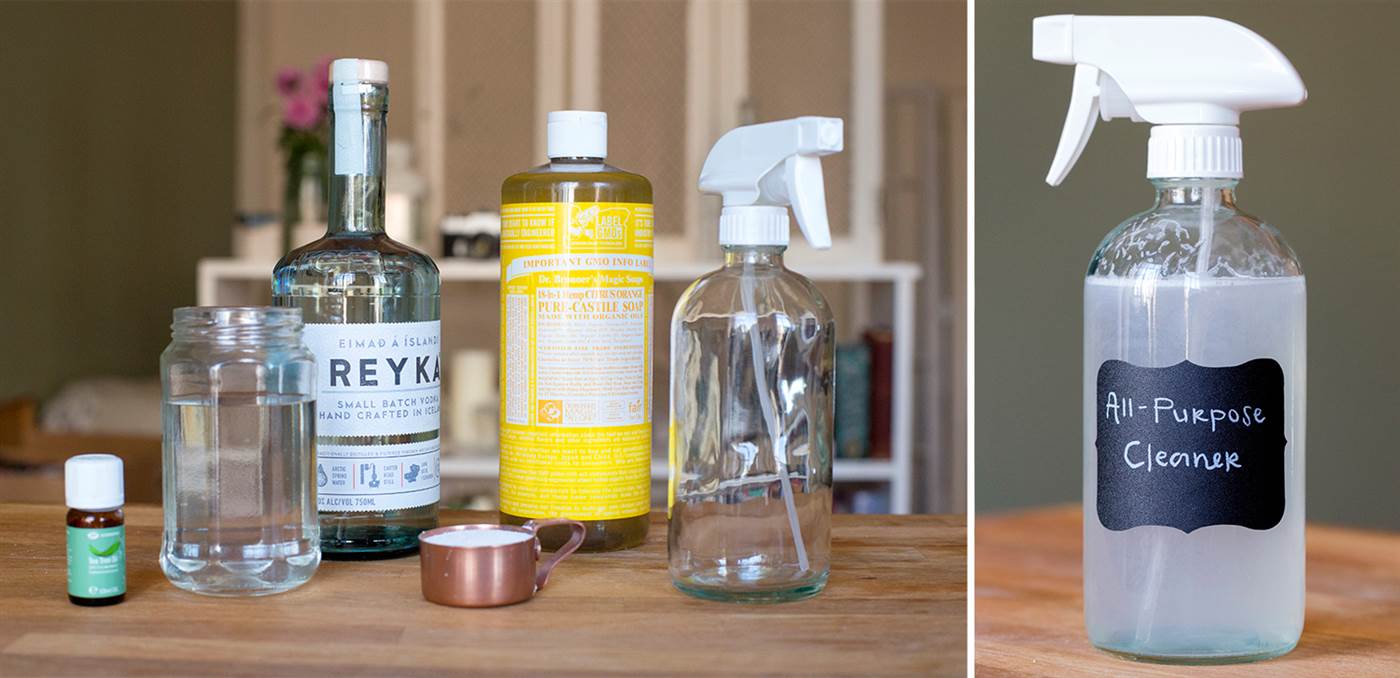
Ingredients
- 3 drops liquid castile soap
- ¼ cup washing soda, not baking soda
- 1 cup white vinegar
- ¼ cup vodka
- 4 drops tea tree oil (available at most drug stores)
- 8 drops essential oil for scent (optional)
Microwave vinegar until boiling. Add washing soda and stir until totally dissolved. Add castile soap, tea tree oil, vodka and essential oil. Then shake.
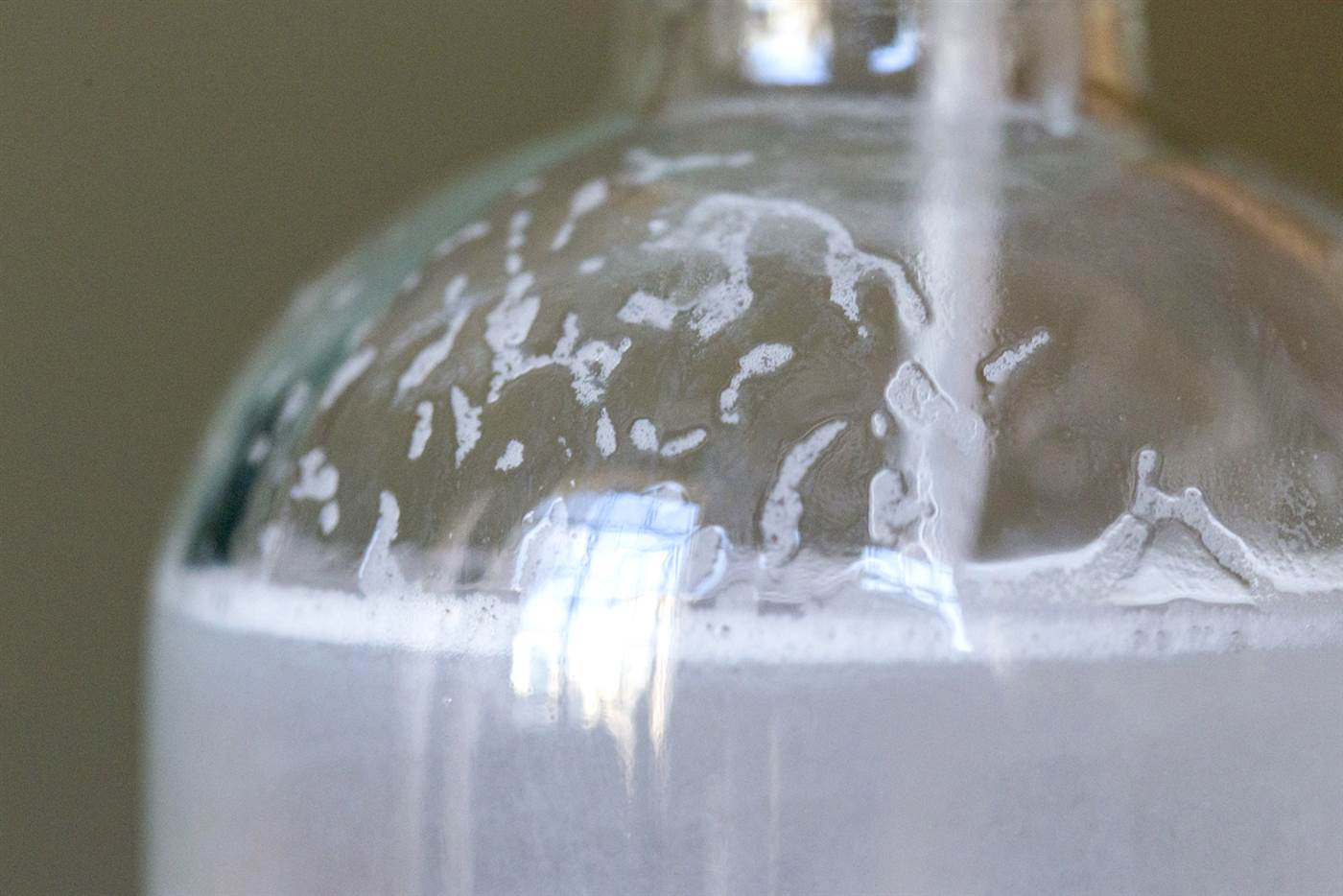
Place mixture in a closed container for storage. When ready to use, mix one part cleaner to four parts water. This mixture is great on counters, sinks and more.
Bathroom Powder Scrub
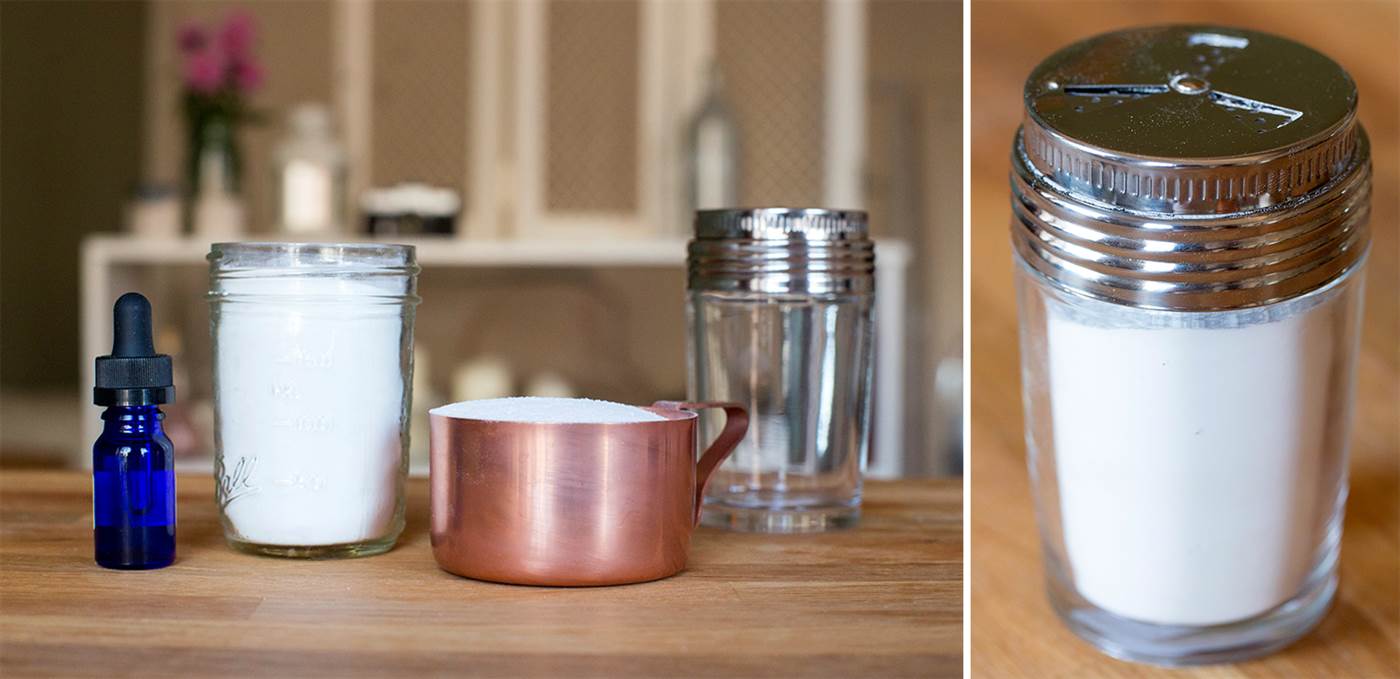
INGREDIENTS
- 1 cup borax
- 1 cup baking soda
- ½ cup sea salt (If using scrub on fiberglass tubs, omit salt to prevent scratching)
- 6 drops essential oils for fragrance, optional
Mix dry ingredients.
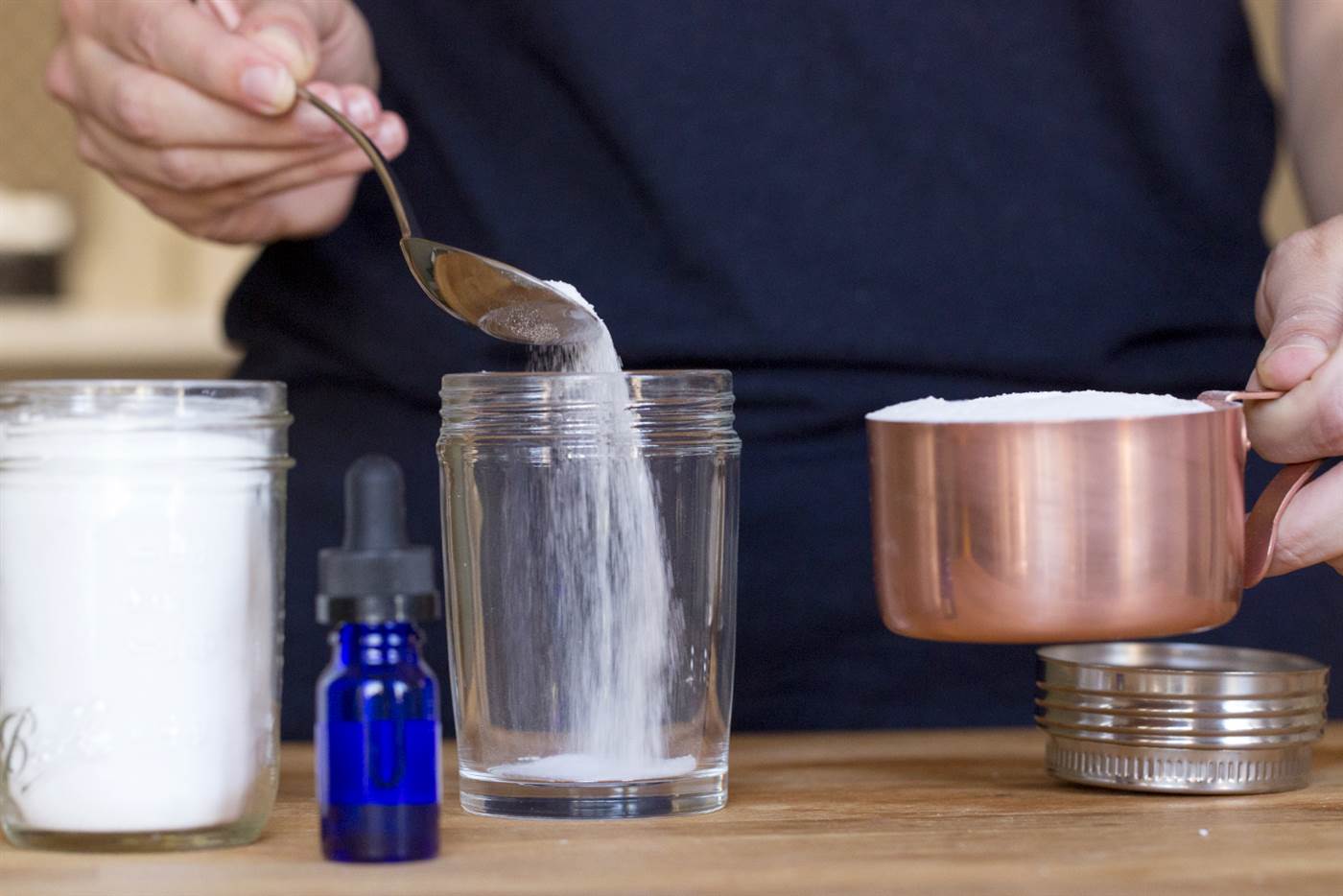
Add essential oils for fragrance, if desired. 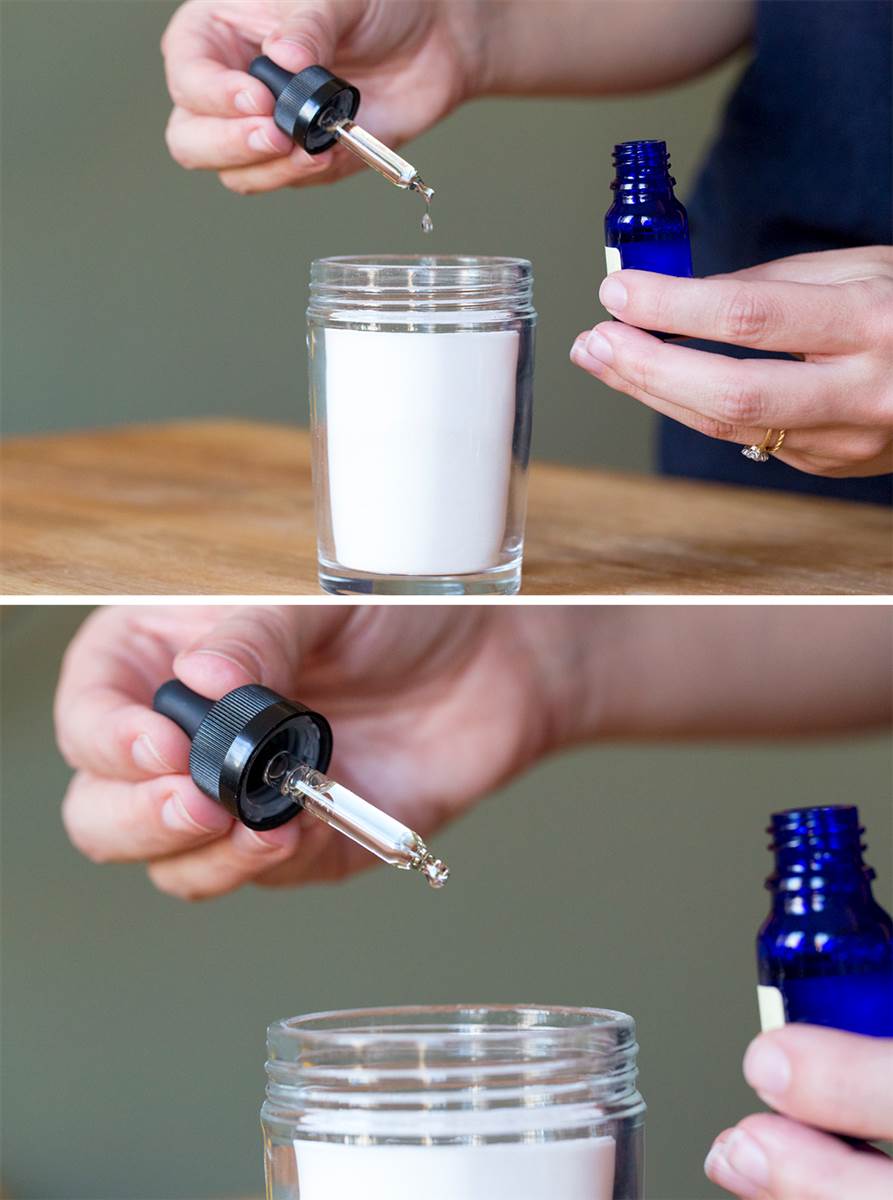
Store in a shaker container, like an empty cheese container.
Apply using a sponge or scrubby. Disinfect sponges after each use by microwaving wet sponges two to three minutes. If you don’t have a microwave, boiling water can work, or just replace the sponge if you want to be safe. Personally, if a sponge I’ve used has been in a toilet, that sponge’s new home is the trash can. But it is up to you!
Laundry Soap
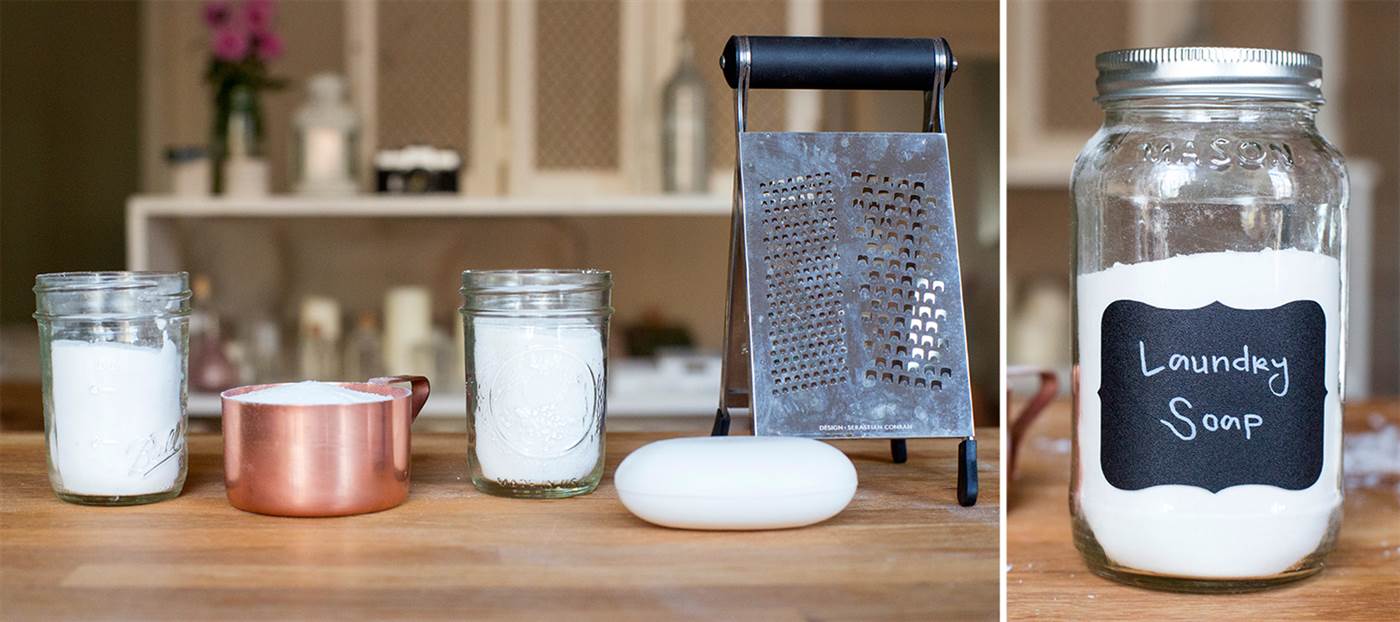
INGREDIENTS
- 2 cups soap flakes
- 1 cup baking soda or soda crystals
- 1 cup borax powder
- 1 cup washing soda, not baking soda
Soap flakes are available online, but it’s easy to make your own. Simply grate a bar of soap on the large-hole side of a grater or cut into chunks and grate in a food processor. 
Mix all ingredients thoroughly.
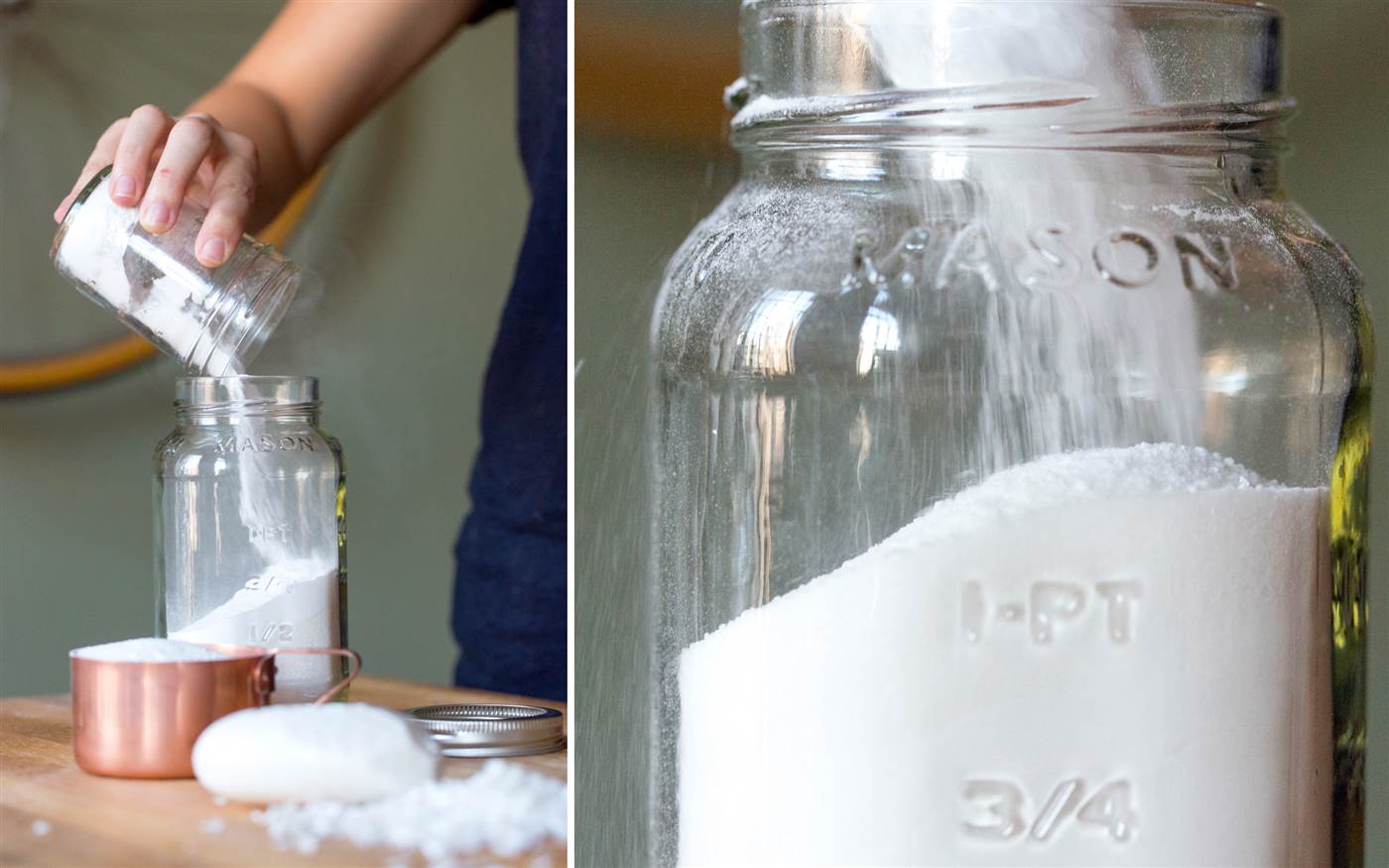
Place in a plastic or glass container with a lid. This soap works best with hot water. For top-loading washing machines, use ½ to 1 cup or 2 cups for very heavily soiled clothing. For front-loading and high-efficiency machines, use 2 tablespoons. Now you can have clean glorious clothes all natural!
Glass and Mirror Cleaner
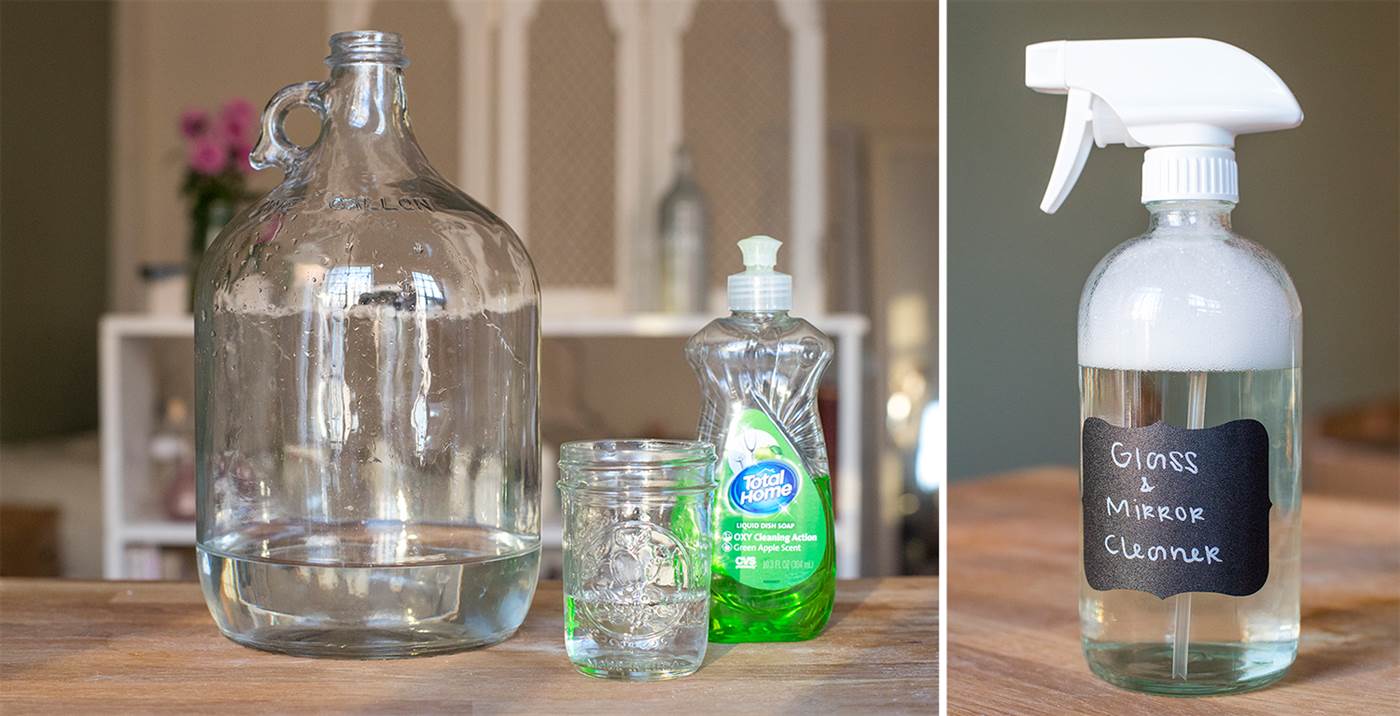
INGREDIENTS
- 1 teaspoon dish soap
- ½ cup white vinegar
- 3 cups distilled water
Place all ingredients in a spray bottle. Spray directly onto windows and mirrors. Squeaky clean to see your beautiful face in, no longer flecked with toothpaste splatters.
Leave a comment and let us know how your endeavors with these DIY cleaners went!

